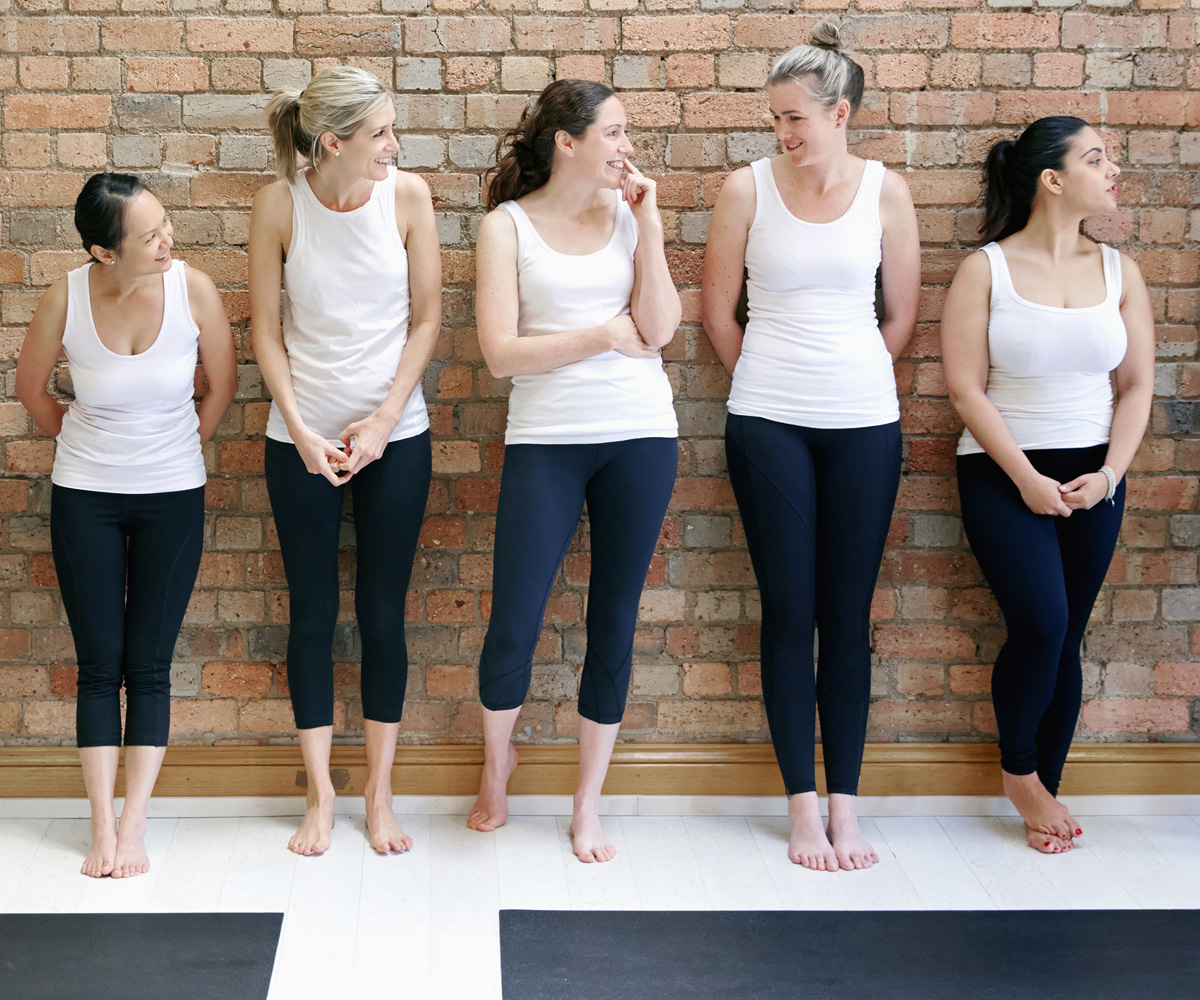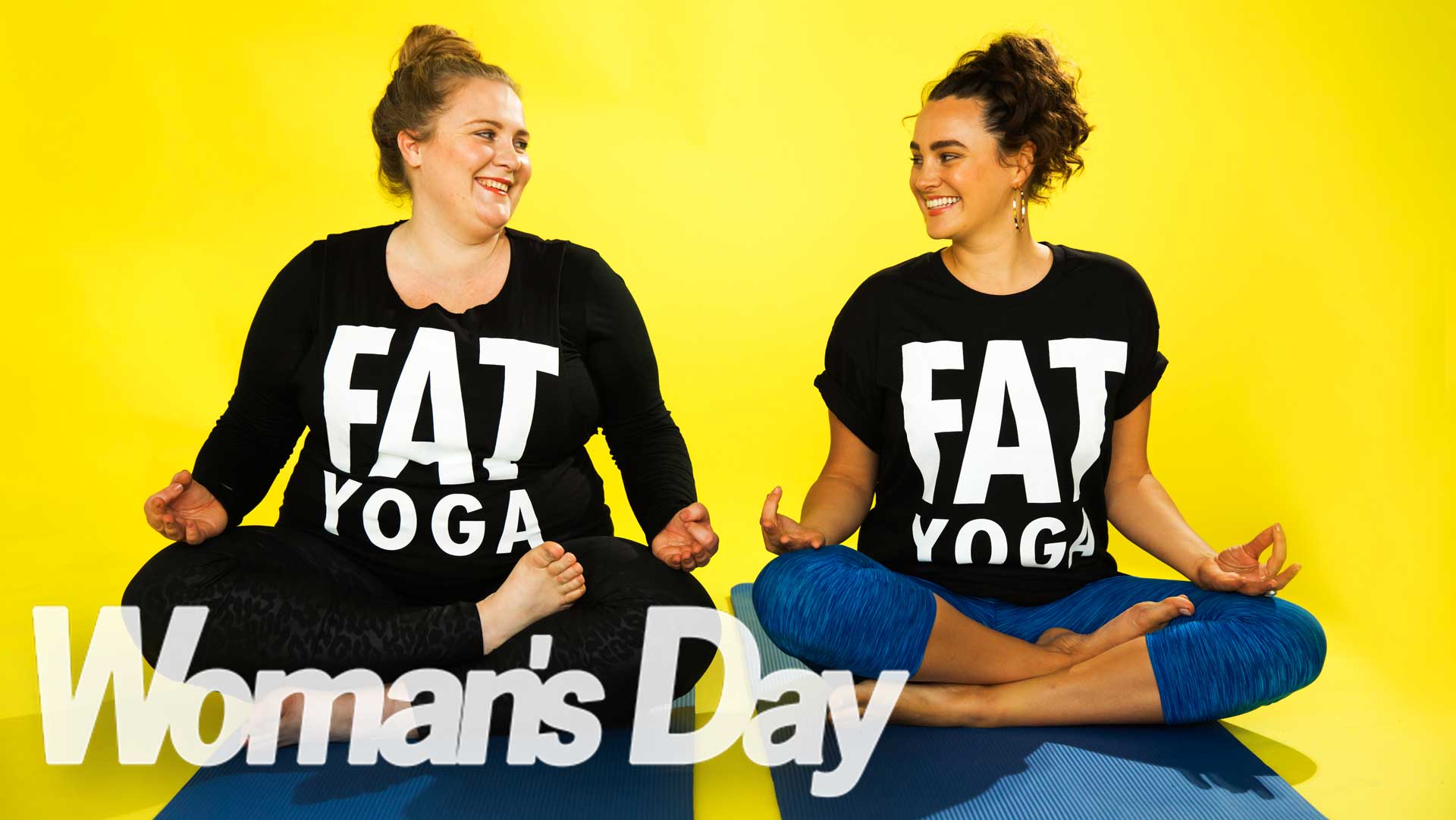I have been to a few yoga classes and practise occasionally at home, but if I’m being honest, it wasn’t until I talked to Australian psychologist Dr Michael de Manincor that I really gave some thought to the sorts of people showing up to class, and all the groups of people who were missing from the studio.
Quite simply, yoga isn’t accessible for many people who would greatly benefit from it, but Michael is on a mission to change that.
His story, experiences, compassion and determination are a reminder of how one person can make a positive impact on so many lives.
As a young person, Michael was fairly active and loved sports, with a strong interest in meditation, but these two activities remained separate parts of his schedule. When he stumbled into yoga during his university studies, he knew he had discovered a powerful and holistic practice that integrated both mind and body.
“The best way I have to describe it was that from the very beginning, it felt like coming home to myself,” Michael recalls.
He continued with his personal practice, but it wasn’t until he completed his first degree that Michael developed a deeper understanding of yogic philosophies and its ancient history.
“It’s a holistic approach, so you can’t leave the body out of the picture, but yoga has very little to do with stretching and flexibility. That’s one of the popular misconceptions,” he says, detailing how it’s primarily about mindfulness, meditation, and breathing and relaxation techniques.
“Yoga covers the whole range of the human condition, with a particular focus on understanding the way the mind works, the role it plays in the suffering we experience, and the opportunity to reduce and deal with that suffering and improve the quality of our lives,” Michael says.
“As a psychologist, that interested me enormously.”
The more he practised for his own personal benefit and enjoyment, the more he realised the positive effect yoga could have on his work as a psychologist.
“The whole world of Western psychology seemed to me to be way too cognitive, too sterile. I knew that there was much more to understanding the human condition.”
It turned out that yoga was the missing piece he was looking for.

Despite hearing endless anecdotes about the life-changing impact of yoga, Michael was wary of bringing it into his private practice.
“Certainly in Australia, there is a scope of practice of a psychologist and one has to be very conscious of working within that and not bringing in all sorts of other things like massage, reiki, yoga or whatever it might be.”
Yearning to have hard evidence to back up his ideas and approach, he committed himself to completing his PhD. Michael’s study involved a clinical trial with more than 100 participants, with each person being given a personalised programme according to their needs.
One day, the phone rang.
“I presumed it was another person enquiring about the study and about participating. After a few minutes, we realised she didn’t want to participate at all,” Michael recalls.
“She was a middle-aged woman who had suffered from severe depression for decades and had attempted suicide numerous times, been in and out of psychiatric hospitals and had lots of different forms of treatment. In a psychiatric hospital, some years earlier, they offered a yoga class.
“She said that yoga class saved her life, quite literally. It was that opening where she started to come to terms with her depression and her feelings.
“Her medication and work with her psychiatrist continued to help – and we’re not suggesting for one second that yoga would replace all of those things – but for her it was the missing piece. She rang to thank me and encourage me to continue doing the research, because she wanted yoga to be accessible as a first line, not a last resort, for people in her situation.”
Michael says that to this day, that phone call is still an immense source of encouragement and inspiration for him.
The study produced wonderful results – they saw significant reductions in the severity of symptoms of depression, better management of stress and anxiety, increased energy and improved control over thoughts.
After 30 years working with under-served individuals, families and communities, Michael’s vision for The Yoga Foundation – a not-for-profit organisation that works to offer the benefits of yoga to disadvantaged people – started to take shape.
“It was simple. To make yoga accessible for all the people who it would give benefit, but who simply didn’t have access.”
Hearing Michael describe some of the common barriers to yoga is incredibly eye-opening. The obvious one is the cost.
“For a lot of people, going to classes in a gym or a studio is just simply unaffordable,” he points out.
“If you’ve got a limited budget and you’re trying to feed the kids and pay the rent and you don’t have a lot of disposable income, then yoga will be very, very low on the list.”
Studio location and building access can also be an obstacle for those with physical disabilities or wheelchairs, and attending a class isn’t even a possibility for those who are confined to a prison cell. Beyond that, the barriers get a little bit harder to see.
For those with less obvious conditions such as cerebral palsy, deafness or Down syndrome, physically getting into a class isn’t necessarily difficult, but feeling a sense of belonging and fitting in often is.
Even for men, Michael points out, attending a class that is dominated by females can generate the uneasy sensation of being an outsider.

“Yoga could also be incredibly helpful for people who experience anxiety,” Michael explains, “but for many of those people, especially those who experience severe anxiety or even panic attacks, going to a group class where you close the doors and you’re doing yoga with 10-50 other people could be your worst nightmare.”
Group yoga can be similarly intimidating for people who have experienced trauma, racism or domestic violence. For that reason, providing one-on-one programmes is an important part of what The Yoga Foundation offers.
Over the years, they have touched the lives of people dealing with challenges such as PTSD, physical disabilities, depression, bipolar disorder, homelessness, drug abuse, domestic violence, crime and deafness.
“I see how this transforms people’s lives – people of all walks of life, but particularly those who may not have otherwise had access. It’s such a beautiful and rewarding experience,” Michael says.
 Getty Images
Getty Images



